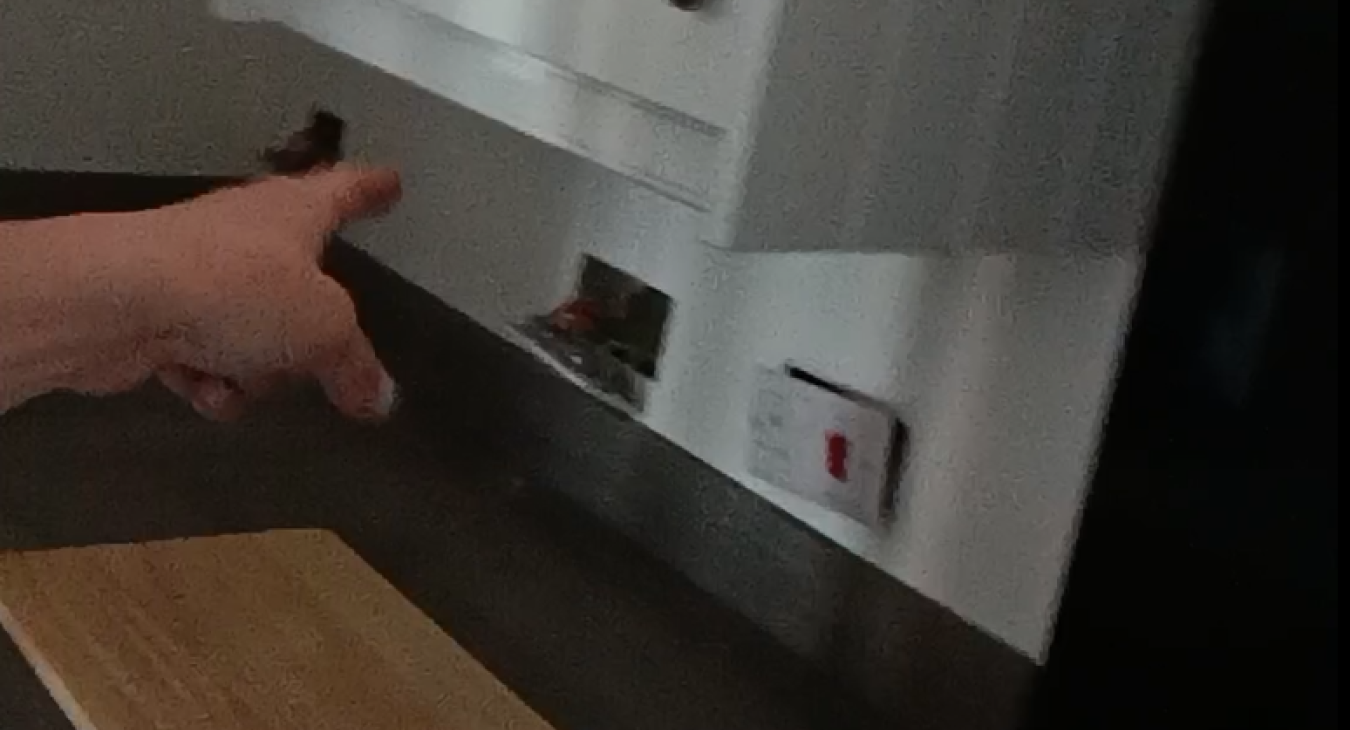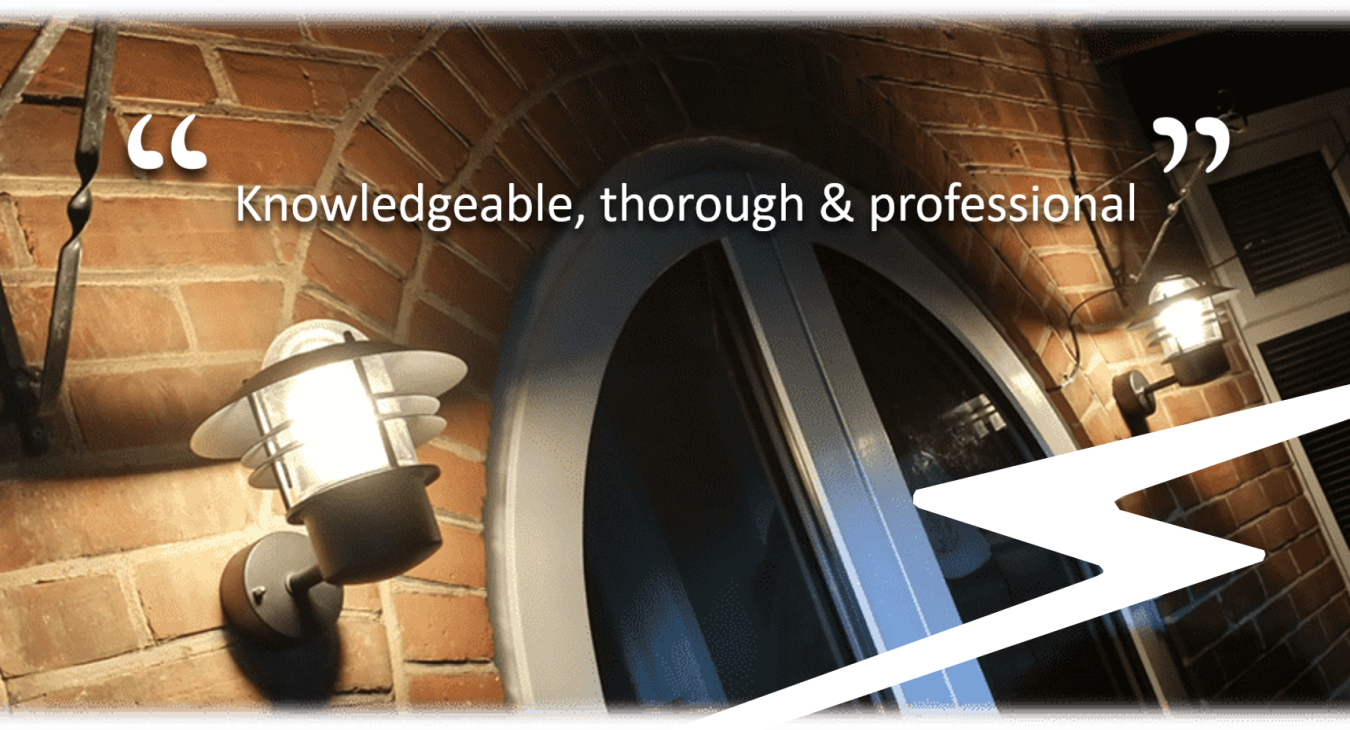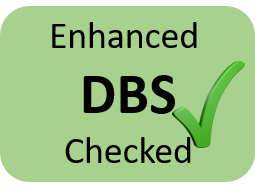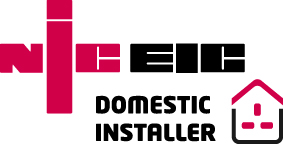The actual EICR is likely to be a bit of a mystery to most. And a true EICR is a lot more involved than a lot of people let on and realise.
An EICR, much like an MOT, is a series of inspections and scientific tests that help registered electricians gauge the safety of your electrics, and it's suitability for continued use as it currently stands.
The Checks done on an EICR
We look inside the Fuseboard and do multiple checks here.
We take an overall look around the help us understand the property setup, looking for anything untoward which may need attention. We're also looking making a game plan of what we need to check. There are a few points in a property that are more likely to fail than others - Kitchens, wall lights, airing cupboards, sheds and garages, to name a few.
We then want to check for earth bonding to the conductive water and gas pipes. We're looking for a thick earth cable that goes to both, and we give both a tug to make sure they're on properly.
We are looking to open up AT LEAST 20% of all electrical sockets, light switches, light fittings, shower and shower isolators, cookers, immersion heaters and all the rest. 20% is the bare minimum. We recommend an 80% sampling rate to give the property a true once over, not just a passing glance.
When we're looking around, checking and testing, we're comparing what we see with the minimum standards as dictated by BS7671: The wiring regulations. BS7671 is a world-class British Standard, now in its 18th edition. The first edition came out circa 1882, and was one page long. The current standard is approximately 600 pages long. Everything in this standard has been put in for a reason, with changes and developments being added as technology and society moves on, and as unfortunate fatal incidents occur.
EICR Failure Codes
As EICR experts, when we find shortfalls to the current standard of BS7671, we rate these shortcomings as C1, C2 and C3. C1 is a major breach of safety and must be altered immediately due to a real threat to safety. C2 is a major breach of safety which may turn into a C1 if something isn't done to stop this. C3 shortfalls aren't a major breech of safety but is a recommendation to bring the problem up to current standards.
A standard 3 bed property might have the following:
1 fusebox
2 lighting circuits, each consisting of 4 lights and light switches each
2 socket circuits, each consisting of 8 double sockets each
1 Cooker circuit, which may have an oven and hob, and associated red isolators
1 shower circuit, and associated isolator
1 main earth conductor, and 2 main earth bonding conductors to water and gas
You may also have:
An immersion heater circuit (possibly even 2!),
A boiler circuit,
A shed / garage circuit with its own fuse box and lights and sockets
10 downlights instead of 2 light fittings
underfloor heating, electric mirrors and cabinets in the bathroom
kitchen cabinet lighting
electric heating, with storage heaters and fan heaters in most rooms
Very quickly, you start to realise that there's an awful lot to check in a proper EICR. And they can take an awfully long time. We were approached by a retired electrician who's about to by a 4 bed house (read: mini mansion) and straight off the bat they knew they wanted a real EICR (80% sampling) and it'll probably take coming up to two full days.
Do you want to order a real EICR or is this just a tickbox exercise?
We're of the opinion that the first statutory EICR cohort in 2020 was very much a paperwork exercise that landlords didn't prepare for, nor allocated a budget for. They were just told they needed a bit of paper that had satisfactory written on it. And a lot of them likely went for the cheapest option to jump through the hoop.
Prior to this, most residential properties in the UK (tenanted and owner-occupied) are likely to have NEVER had an EICR conducted in order to monitor and maintain its safeness and suitability for ongoing use. These properties might have originally been wired (or re-wired) since the 90's, 80's, 70's... Heck! We still find properties that have electrics since the 50's! That's a very long time...
We're here to tell you, 20% sampling EICRs aren't truly effective. When did an MOT test centre only check one wheel, instead of all four? Not in my lifetime.
And the cheapest option almost certainly means less resources. In terms of EICRs without remedials (quick wins), it's almost entirely labour. That means less skilled labour, or less labour time, or perhaps both.
Enter: The Techmeister's test
If you truly want to have your property assessed, and brough back as far as it possibly can to the state when it was first rewired, we recommend an 80% inspection with quick wins. and just because it isn't a legal requirement if you live in the property you own, we still recommend an 80% inspection with quick wins, for the exact same reason.
Why do we say 80%? because 100% is nearly impossible to achieve. There will always be a socket behind furniture that goes unnoticed, a cupboard with a spur that goes unnoticed, an isolator that you just can't get to behind the kitchen units, etc etc.
And why quick wins? Quick wins allow us to fix the small issues on the fly, as and when we open a socket up to inspect, we can do it there and then. retighten terminals, poke loose cables back in, mend a damaged bit of cable or wrap some insulation tape on it where we can see it has a nick. Quickly replace a shower isolator that has started to burn, quickly connect up the earths in that light fitting that were never connected since it was put up. The simple stuff that we can do, whilst it's all open and we're working on it, to help give the electrics a breathe of fresh air.
Do you like what you're reading and require local EICR experts in the Medway & Maidstone region? Would you like to book a Techmeisters Test at 80% samplnig with quick wins?
Call us today on:
01634 218821 (Medway)
01622 277321 (Maidstone)












